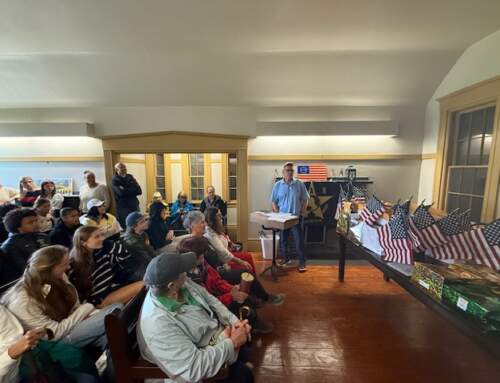By Tara Kerrigan Hayes
For many business owners, the Payroll Protection Program sounded like a saving grace. Until they read the fine print.
The forgivable loan, designed to incentivize small business owners to get employees back on payroll, was plagued with issues from the beginning. From false starts to larger companies overshadowing the smaller businesses, there was a frenzied sense of urgency to get the money before it was depleted. Then money was gone. Then there was more. Small business owners scrambled to re-apply, many with a loose understanding of how, precisely, the guidelines worked, but desperately seeking a life support to one day reopen their doors.
The general requirements, according to the Small Business Association website, is that, “the loan will be fully forgiven if the funds are used for payroll costs, interest on mortgages, rent and utilities”, and that at least 75% of the forgiven amount must be used for payroll. This seemed straight forward enough, but for those delving further into the details there were serious concerns and whispers of confusion about a fundamental flaw so egregious that it didn’t seem real, and yet it was.
Frustrations quickly grew as many local owners learned that the loan money must be used for payroll in an eight week period immediately following the loan closing, whether their business is permitted to reopen or not. Considering the forgiveness period could be drastically reduced for businesses under forced closure, this is simply less beneficial for regions hit hardest – regions like Boston.
It’s therefore impractical for many cash flow businesses, particularly the service industry, such as salons and the 500,000 independent restaurants across the country that need to generate revenue to be able to maintain payroll when they do actually reopen.
Not to mention the difficult position some owners are put in, knowing some of their employees are faring better under unemployment provisions. “I feel terrible”, says one local salon owner, “I’m in a position where I either upset all of my team, or risk losing my business because I can’t pay my rent”. Like so many owners grappling with the affect the loan will have on staff they care for on a personal level, she prays for a rent freeze. There is also the issue of low morale for employees who feel uncomfortable returning to work in what they consider to be prematurely.
The consensus amongst many owners is that the most logical, (and helpful), use of the funds would be to pay rent and utilities up front, and let the clock start ticking on payroll when employees can actually return to work. Or better yet, let businesses decide to how best allocate the money, depending on the structure of their business.
Many who were approved can’t seem to determine if the loan is a curse or a blessing, since time constraints are not the only detail they were unaware of. Another issue with the loan is the additional restriction, which penalizes small businesses that don’t bring back the same number of employees they had prior to the pandemic. Those who can’t are under pressure to quickly replace any lost workers, or face the punishment of having the loan forgiveness amount reduced.
Another common fear echoing through the community is that the forgiveness process could prove more difficult than owners were led to believe, and result in them incurring loans and accruing interest they hadn’t bargained for. While some will undoubtedly hail the loan as a gift that saved their business, others are starting to feel that the loan is less of a bailout for small businesses and designed, rather, to get people off of unemployment.
While it’s been claimed that changes to the loan are being made “in real time”, the most crucial change necessary has yet to happen; to move the origination date of the loan to when businesses can actually, legally, reopen and operate.






